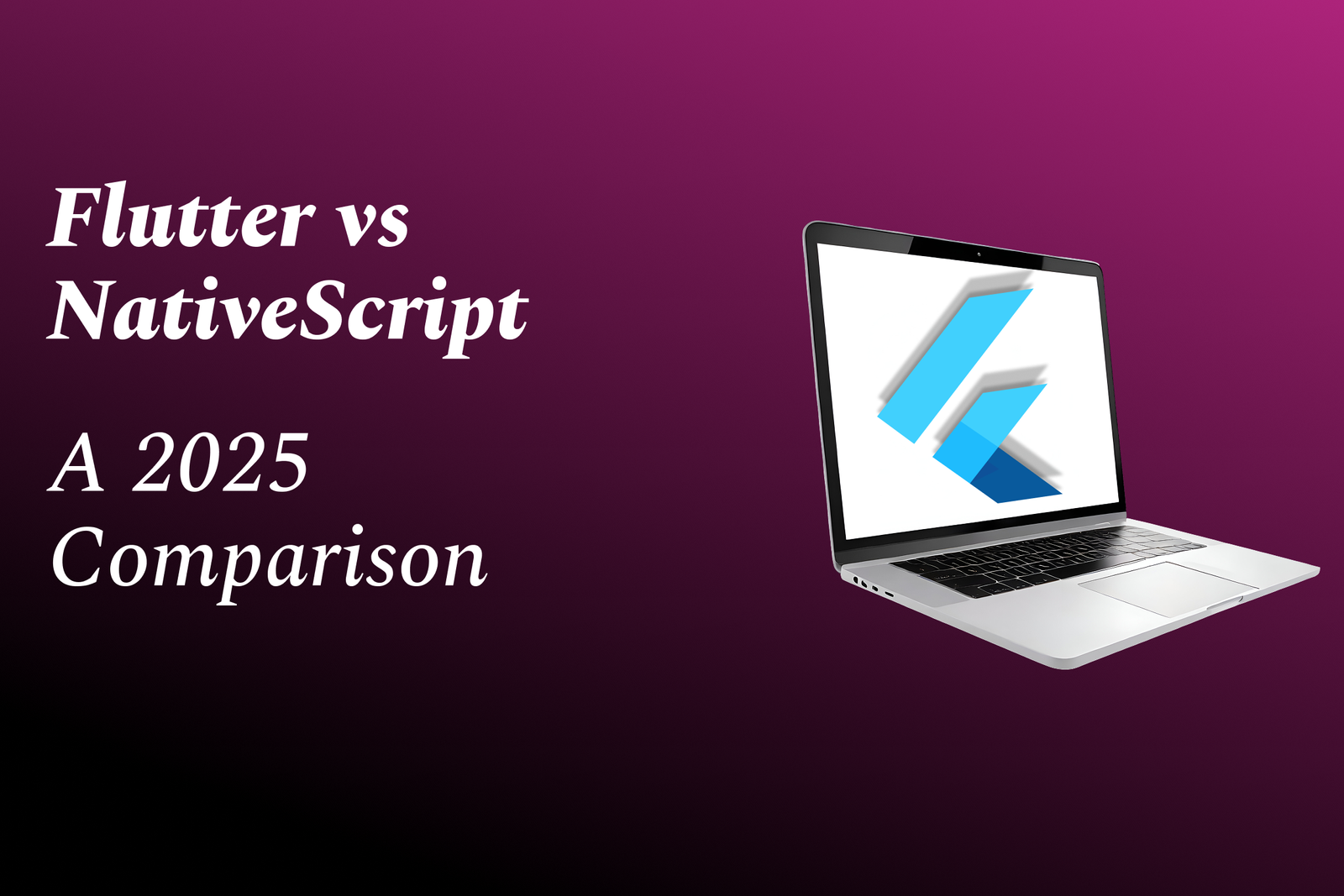Best File Structure for React Native App
A well-organized file structure for a React Native app is crucial for maintaining clarity and effici
Best File Structure for React Native App
A well-organized file structure for a React Native app is essential for promoting scalability, maintainability, and collaboration among developers. By categorizing files into directories such as components, screens, assets, services, and navigation, developers can easily navigate the codebase, locate specific functionalities, and implement changes efficiently. This modular approach not only enhances code readability but also facilitates reusability and testing, ensuring that the app can adapt to evolving requirements without becoming cumbersome. Ultimately, a clear file structure streamlines the development process, reduces confusion, and supports a more effective team workflow.
To Download Our Brochure: https://www.justacademy.co/download-brochure-for-free
Message us for more information: +91 9987184296
A well organized file structure for a React Native app is essential for promoting scalability, maintainability, and collaboration among developers. By categorizing files into directories such as components, screens, assets, services, and navigation, developers can easily navigate the codebase, locate specific functionalities, and implement changes efficiently. This modular approach not only enhances code readability but also facilitates reusability and testing, ensuring that the app can adapt to evolving requirements without becoming cumbersome. Ultimately, a clear file structure streamlines the development process, reduces confusion, and supports a more effective team workflow.
Course Overview
The “Best File Structure for React Native App” course provides an in-depth exploration of organizing your React Native project for maximum efficiency and scalability. Participants will learn best practices for structuring components, screens, assets, services, and navigation to enhance code readability and maintainability. Through practical examples and real-time projects, the course emphasizes the importance of a well-organized codebase in facilitating collaboration among developers and streamlining the development process. Students will gain the skills to implement a robust file structure that accommodates future growth and simplifies code management. Join us to elevate your React Native application development practices!
Course Description
The “Best File Structure for React Native App” course is designed to equip developers with essential skills for organizing their React Native projects effectively. Participants will explore best practices for structuring files and directories, ensuring optimal code readability, maintainability, and scalability. Through hands-on projects, students will learn to create a cohesive architecture that simplifies collaboration, enhances development speed, and accommodates future growth. This course is perfect for anyone looking to improve their React Native development practices and build more efficient applications.
Key Features
1 - Comprehensive Tool Coverage: Provides hands-on training with a range of industry-standard testing tools, including Selenium, JIRA, LoadRunner, and TestRail.
2) Practical Exercises: Features real-world exercises and case studies to apply tools in various testing scenarios.
3) Interactive Learning: Includes interactive sessions with industry experts for personalized feedback and guidance.
4) Detailed Tutorials: Offers extensive tutorials and documentation on tool functionalities and best practices.
5) Advanced Techniques: Covers both fundamental and advanced techniques for using testing tools effectively.
6) Data Visualization: Integrates tools for visualizing test metrics and results, enhancing data interpretation and decision-making.
7) Tool Integration: Teaches how to integrate testing tools into the software development lifecycle for streamlined workflows.
8) Project-Based Learning: Focuses on project-based learning to build practical skills and create a portfolio of completed tasks.
9) Career Support: Provides resources and support for applying learned skills to real-world job scenarios, including resume building and interview preparation.
10) Up-to-Date Content: Ensures that course materials reflect the latest industry standards and tool updates.
Benefits of taking our course
Functional Tools
1 - Visual Studio Code (VS Code): Visual Studio Code is one of the most popular code editors used for React Native development. It provides a rich set of features, including syntax highlighting, IntelliSense for smart code completion, and a terminal for executing commands. Its extensive marketplace allows developers to enhance their workflow with various extensions, such as Prettier for code formatting and ESLint for maintaining code quality. By using VS Code, students will learn how to effectively navigate project files and utilize version control through Git integration.
2) Expo: Expo is a framework and platform for universal React applications. It simplifies the development process by providing a managed workflow for building React Native apps. With Expo, students can create new projects quickly, test on physical devices via the Expo Go app, and access various built in APIs without configuring native code. This tool encourages students to focus on the app's functionality rather than being bogged down by setup issues, allowing for a more organized file structure from the start.
3) React Native CLI: The React Native Command Line Interface (CLI) is essential for students who want to understand the underlying mechanisms of React Native development. Using the CLI, students can scaffold new projects, manage dependencies with npm or yarn, and run commands to build or test their applications. Learning to use the CLI fosters a deeper understanding of file organization, as it encourages best practices right from project creation by following the established file structure recommended for React Native apps.
4) Git: Version control is paramount in software development, and Git is the industry standard. Students will learn to track changes in their application using Git, allowing them to revert to previous versions if needed and collaborate with team members effortlessly. By utilizing Git, students will also understand the importance of committing changes in a logical order, which often relates directly to their file structure organization. They will become familiar with branching techniques that encourage clean development processes.
5) Postman: Postman is a powerful tool for testing APIs, which is essential for modern app development. During the training program, students will learn how to set up API requests, analyze responses, and document their APIs. This knowledge not only helps them understand how front end and back end components communicate but also emphasizes the importance of maintaining a clean file structure that separates concerns between API handling and other parts of their application.
6) Figma: Figma is a collaborative interface design tool that allows developers and designers to work simultaneously on UX/UI design. Understanding how to prototype designs in Figma helps students appreciate the importance of a well structured app, as it directly correlates to how files will be organized in development. Through Figma, students can receive realistic feedback on their designs and learn to integrate design assets systematically within their project file structure, ensuring a cohesive development process.
7) ESLint: ESLint is a linting tool that analyzes code for syntax and style issues, promoting high quality code. By integrating ESLint into their projects, students will learn how to enforce coding standards within their React Native applications. This ensures consistency throughout the file structure and aids in maintaining a clean codebase. Students will understand the importance of adhering to guided formatting and structure, ultimately leading to maintainable and readable code.
8) React Navigation: React Navigation is a library that enables students to implement navigation features in their React Native applications. During the course, learners will explore how to set up complex navigation structures, such as stack, tab, and drawer navigators. This experience will help them understand the importance of structured navigation files in their project organization, allowing them to separate navigation logic from general application code, enhancing maintainability and readability.
9) Redux: Redux is a powerful state management tool that teaches students about managing global application state more effectively. By integrating Redux, they'll learn how to structure their application files to accommodate actions, reducers, and store organization. This structured approach will empower students to maintain cleaner file systems and ensure their applications remain scalable as they grow in complexity.
10) React Native Paper: React Native Paper is a library that offers customizable components for building beautiful user interfaces. By utilizing this library, students will learn to implement consistent design patterns across their applications. This will highlight the importance of organizing design related files, such as styles and themes, in a way that fosters a clean separation between UI components and business logic, leading to a well structured project.
11 - Jest: Jest is a widely used testing framework for JavaScript applications that includes built in mocking capabilities. By incorporating Jest into their development process, students will learn how to write unit and integration tests for their React Native applications. This knowledge will encourage them to maintain separate directories for test files and source code, resulting in an organized directory structure that promotes best practices in testing and development.
12) React Native Debugger: The React Native Debugger is a standalone app that helps students debug React Native applications more effectively. By learning to use this tool, they’ll understand how to inspect React component hierarchies, monitor network requests, and utilize the Redux DevTools for debugging state management. This hands on experience with debugging will reinforce the importance of maintaining a clear file structure, making it easier to identify issues and collaborate across teams.
13) React Hook Form: React Hook Form is a library that simplifies handling forms in React. During the course, students will learn how to manage form state and validation easily. Understanding how to separate form handling logic into distinct components and utility functions will inspire them to adopt a structured approach to organizing their files, ensuring that input handling is cleanly managed within the application.
14) Axios: Axios is a promise based HTTP client that allows students to make API requests seamlessly. By using Axios in their projects, learners will understand how to structure their API calls and handle responses effectively. This knowledge will lead them to organize API related files within directories that keep network logic distinct from other application components, promoting better code maintainability.
15) Mock Service Worker (MSW): Mock Service Worker is a tool that helps students create API mocks for testing and developing without needing a live server. By utilizing MSW, learners will discover the benefits of isolating network related logic from application code and organizing files related to mock APIs. This understanding will reinforce the importance of clear file structures and enable them to conduct tests more efficiently.
16) Firebase: Firebase integration in React Native projects introduces real time databases and backend services. By learning to set up Firebase, students will understand how to organize files for authentication, data management, and serverless functions. This experience emphasizes the need for structured backend related directories, showcasing how proper organization contributes to the seamless integration of various services.
17) Recoil: Recoil is an experimental state management library for React applications. Students learning Recoil will find it valuable for understanding application state management strategies. It encourages them to structure state related logic in a way that promotes clarity and consistency, making it easier to manage state across different components in larger projects.
18) TypeScript: TypeScript adds static typing to JavaScript, helping students catch errors during development. By integrating TypeScript into their React Native projects, learners will be guided in organizing files to separate type definitions from components and utilities. This structured approach promotes clearer documentation and code organization, which is especially crucial in larger applications.
By familiarizing students with these tools and concepts, JustAcademy prepares them to create well structured React Native applications while emphasizing the importance of efficient file organization throughout their development journey.
Browse our course links : https://www.justacademy.co/all-courses
To Join our FREE DEMO Session:
This information is sourced from JustAcademy
Contact Info:
Roshan Chaturvedi
Message us on Whatsapp:
Email id: info@justacademy.co
Flutter Framework Tutorial
Mobile Apps Developed Using Flutter
Android App Development Course In Chennai
Ultimate Guide to the Best File Structure for React Native Apps for Improved Performance
Optimal File Structure for React Native Apps: Boost Performance and Maintainability
Ultimate Guide to the Best File Structure for Building Efficient React Native Apps
Optimal File Structure for Building High-Performance React Native Applications











